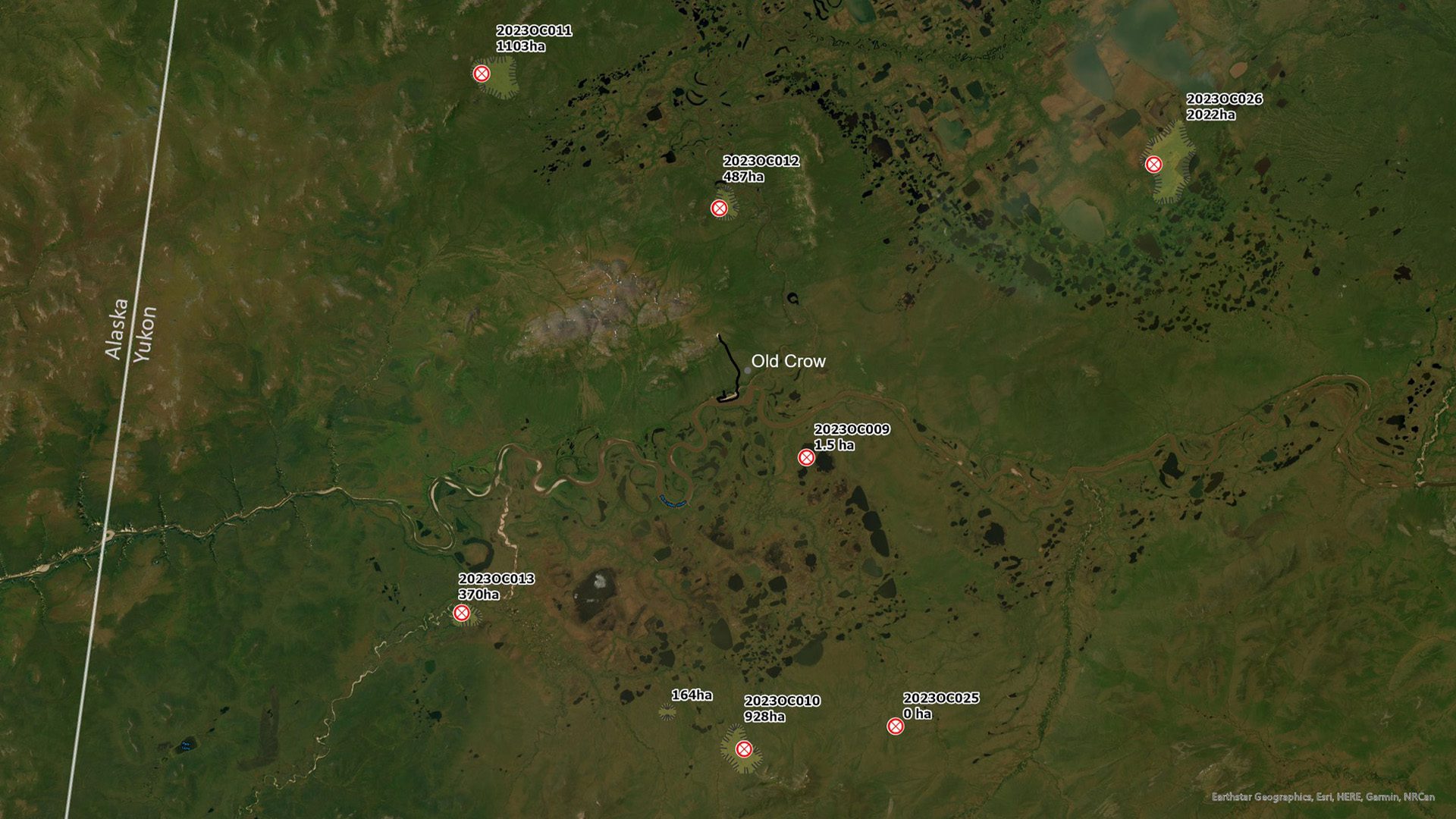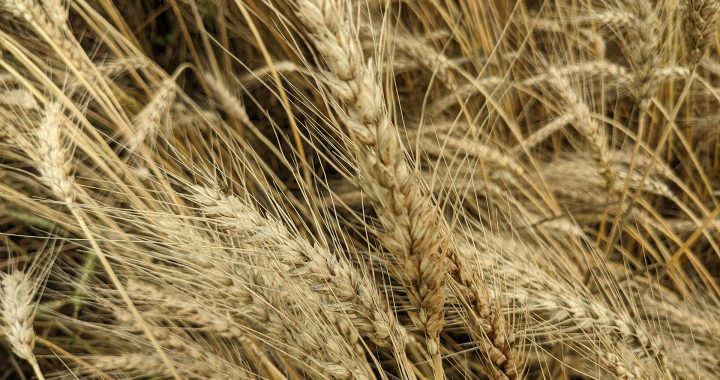A First Nation in northern Yukon is questioning the level of support it’s receiving from the territorial government when it comes to tackling wildfires near its community.
The Vuntut Gwitchin First Nation (VGFN) is located in the fly-in community of Old Crow, around 800 kilometers north of Whitehorse.
According to the territory’s fire map, there are currently 25 active fires in the Old Crow district.
“From with the naked eye, we can see plums of smoke coming up around the community,” Chief Pauline Frost said.
“The closest fire was approximately eight kilometers away from our community and some three kilometers away from critical infrastructure we have on the river, cabins and traditional areas.”
Out of precaution, the First Nation set up a command area at a community centre where citizens can get information about the fires. The centre is also serving as a reprieve for those wanting to get away from wildfire smoke and heat.
While Old Crow is not under immediate threat at this time, Frost said the nearest fire, as well as another around 14 kilometers away that is larger in size, has her community proceeding with caution.
The First Nation has issued its own evacuation alert for the community. It said in a news release earlier this week that if a fire comes within five kilometers of the community, an evacuation order will be triggered.
It has likewise advised community members to pack an emergency bag should there be an evacuation.
Frost said the community hasn’t had fires of this magnitude since the early 1990s and that the current situation is exposing its need for a fire management plan.
“My community is remote, it’s isolated. We rely predominantly on resources from the land to support our way of life,” she said.
“It’s important that we look at change adaptation, and particularly in our remote setting, we really need to start looking at additional resources.”
Lack of support
Frost said despite the number of fires in her district, communication has been lacking from the Yukon government when it comes to updating her community.
She notes her First Nation should have access to in-time fire updates and mapping. She said while information is available online, it’s not always in real-time and sometimes doesn’t show all active fires.
“We were seeing the fires, but we’re not seeing them at immediate in-time action or communications from the government,” she said.
“Don’t call us later to say, ‘Oh, you know, it’s not critical.’ If the community perceives something to be imminent, it means that the community is concerned.”

Frost also feels Yukon Wildland Fire, which leads the territory’s fire response, hasn’t allocated enough firefighters to the community.
“We have two people on the ground, and we have 25 fires,” she said.
She added while nine people in the community have wildland firefighting training, their certification hasn’t been active within the last year, preventing them from fighting fires on settlement land.
As there are some cabins and critical structures potentially in jeopardy, Frost said more personnel is needed.
She’s hopeful more communication could help.
“Don’t withhold critical information from (our) community, just communicate,” she said.
“That’s all we’re asking. Let’s work together. Because in order for us to protect the community and protect the resources, it won’t happen unless we talk to each other. I think we learned the lesson over the last few days.”
Government stretched thin
Wildfire Information Officer Mike Francie said Yukon Wildland Fire is doing its best to support the community.
With more than 100 active wildfires across the territory, he said Yukon Wildland Fire’s resources are being stretched thin. As the community isn’t in immediate danger, he said the resources it does have has to be allocated elsewhere.
“The volume of lightning has made it difficult for us to juggle the number of fires that have been occurring on a nightly basis,” he said.
“Right now, we’re much higher up the list making sure that we’re providing for fires that might cause harm to communities or to highway use or to more isolated spaces nearby where there are clusters of sites.”
A statement from Yukon government notes Wildland Fire Management and Emergency Measures Organization personnel are in regular communication with VGFN.
Francie said Wildland Fire installed some structure protection in areas that may be at risk and its continuing to work with VGFN to address any concerns it may have.
Read More:
NDP calls for emergency preparedness funding for First Nation communities
Crews gauge winds as wildfire continues to threaten Osoyoos, B.C.
$50M Indigenous-led evacuation center to be opened next spring by Missanabie Cree Nation
He adds it also shared specific information with VGFN about the location of fires and that public mapping paints “a very good picture of where the fires are located.”
Francie said if the community were to come under threat, Wildland Fire’s response “would absolutely change.”
“We’re monitoring these fires to ensure that if the situation changes, then we can address our plans,” he said.
“It’s very complicated because we’re currently trying to find more resources to make it so that we can, you know, work our way down this list. But we have a very long list of priorities right now, and we we’re being forced to manage those very, very carefully.”
Meanwhile, Frost said her community is making strides to prepare in case of emergency.
“We are capable. We have a plan, we have a preparedness plan, an evacuation plan. We have a priority plan, we have a communication strategy. We know how to communicate with our citizens. We are doing a very effective job with that.”
The Old Crow district currently has the third-highest number of wildfires in the territory following Mayo with 34 and Dawson with 54.









